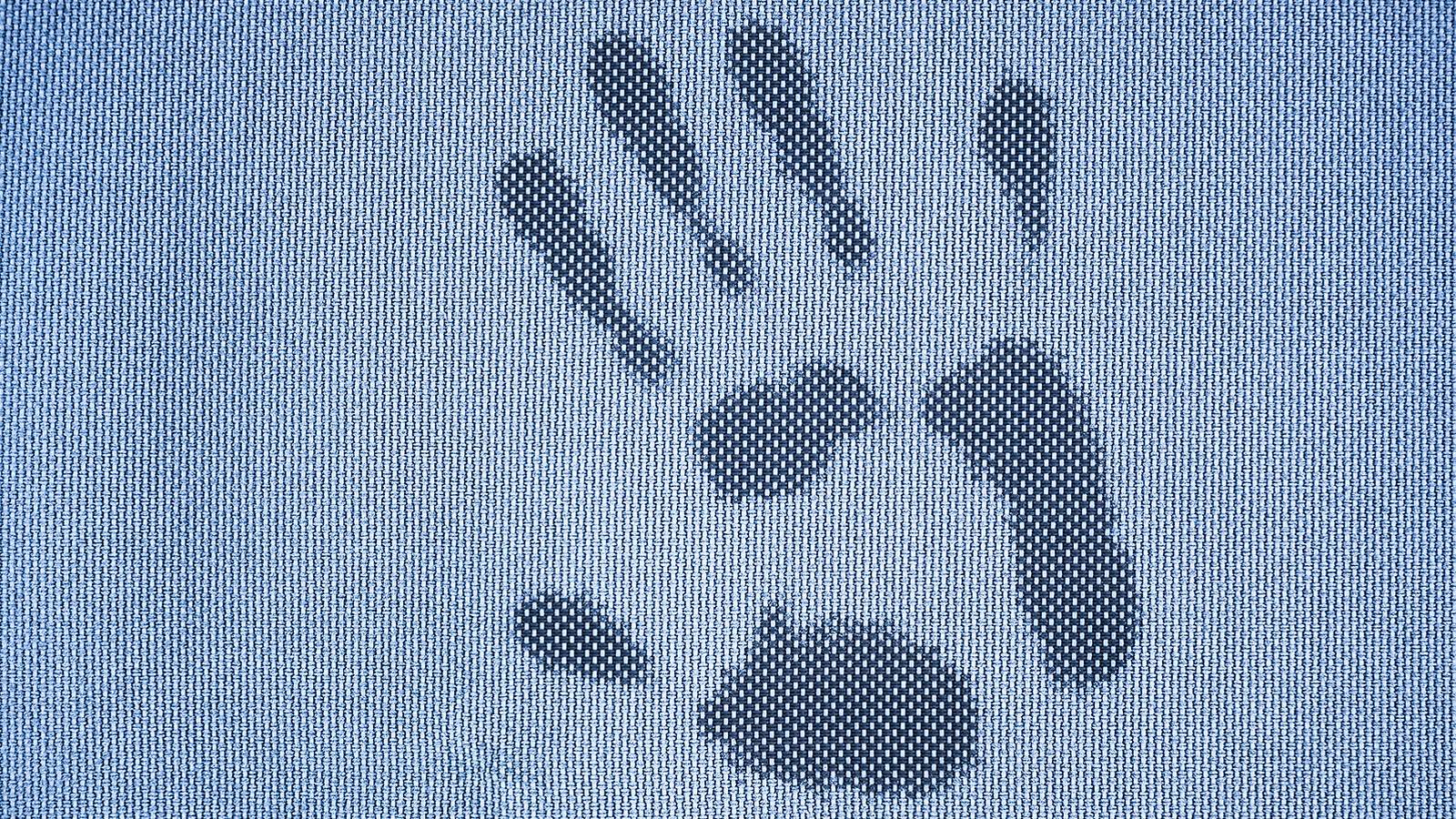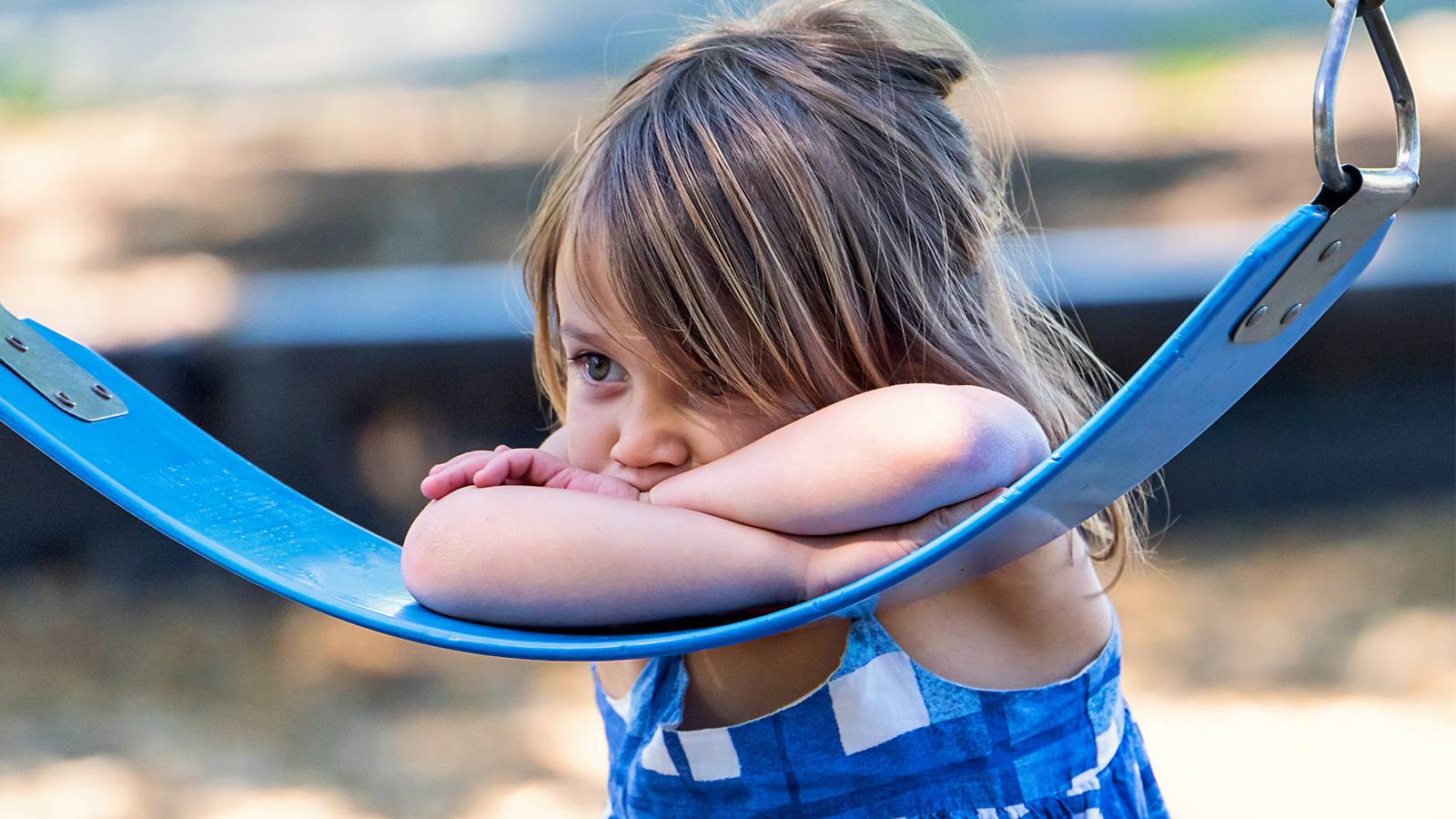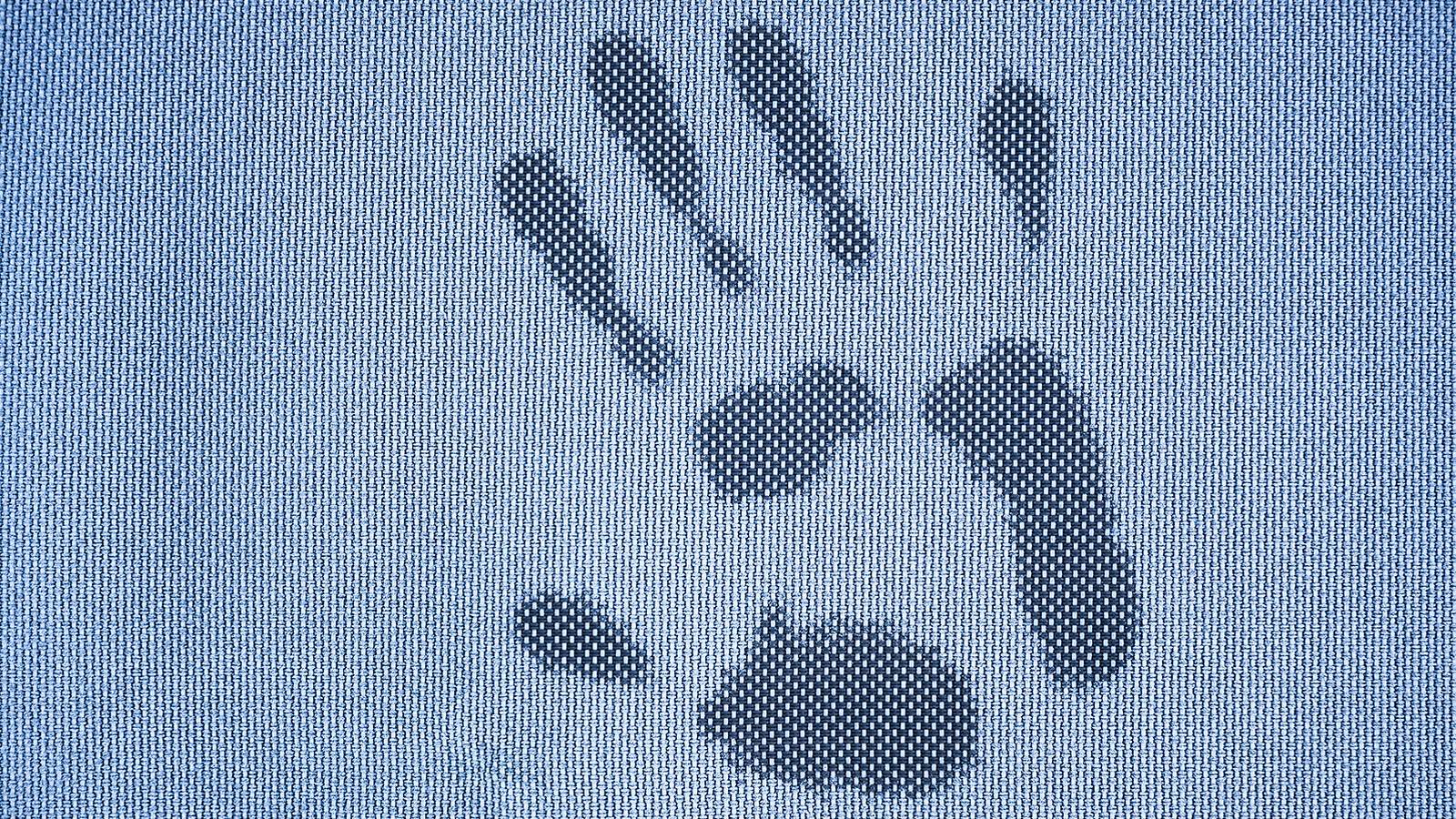Excessively sweaty body parts may indicate a health issue ― this debilitating disorder which affects your child’s self-esteem.

Sweating not only helps our body stay cool, it is the perfect physical response to warm temperatures, exercise, or to situations that make us anxious, nervous, angry or afraid.
“The nerves [in your body] activate the sweat glands when your body is overheated, when you’re moving around, when you’re feeling emotional, stressed or anxious, or as a result of hormonal changes,” explains Dr Rajeev Ramachandran, a consultant in ambulatory paediatrics and adolescent medicine at the National University Hospital.
Dr Rajeev adds that sweating especially happens in our feet or palms more often than other parts of our body because these areas have more sweat glands. Did you know that nobody, not even a baby, is exempted from sweating?
In kids, excessive sweating in the palms and feet usually occurs after puberty, but the issue can start at an early age as well.
Mum-of-three Cynthia Chew, notes that all three of her daughters had sweaty palms and feet from the newborn stage. “My youngest is 5 months old and has always had sweaty feet and palms,” Chew says. “I also realised that even though I bathe her regularly, her toes are still stinky, not that it’s stopped me from nibbling on them,” Chew adds with a laugh.
Excessive sweating in babies is normal, doctors say, as their bodies are not mature enough to regulate temperature. This will lessen as they grow.
Sweating is also a normal part of growing up for active toddlers and older kids who can’t sit still and love to be in the outdoors. However, if junior is sweating profusely without doing any physical activities, then it may be a cause for concern.
What causes sweaty palms and feet in kids?
In kids, excessive sweating in the palms and feet usually occurs after puberty, but the issue can start at an early age as well. In the majority of cases, it continues throughout their lifetime.
Also known as hyperhidrosis, this type of sweating is often genetic and can be passed down from parents to their kids. However, it can also be triggered by certain things and lifestyle choices.
“A number of things can trigger the sweating, including certain drugs, hormones, spicy foods, stress and diseases,” Dr Rajeev notes. “Or it might be present all the time to some degree, but is at its worst when under stress, such as during exams.”
Other times, it can also be due to medical conditions such as diabetes and endocrine problems like hyperthyroidism [an overactive thyroid gland], which is coupled with nervousness, anxiety, rapid heartbeat and hand tremors. In other cases, it can be due to cystic fibrosis, heart diseases or an infection.
While he doesn’t have a ballpark figure of how many kids he sees in a year with this condition, Dr Rajeev says he usually treats sweaty hands as a symptom of an underlying condition that was mentioned above.

How hyperhidrosis can affect your child’s lifestyle
Health concerns aside, excessive perspiration can also affect your little one on a functional and social level. Other kids may not want to hold your child’s clammy hands, which can result in misunderstandings, bullying and even harassment.
Junior might then withdraw from social gatherings, becomes more introverted, which may then affect his self-esteem. “Sufferers of palmar hyperhidrosis [sweaty palms] are often reluctant to get involved in socially expected actions like shaking hands,” Dr Rajeev notes.
Later, simple tasks such as using the computer, holding a pencil to write or draw, even driving may very pose problems for these individuals. Not being able to keep the palms clean and dry can also irritate the skin, causing break outs and the skin to peel.
Sweaty feet suffers have their own set of problems as well. Sweating all day into their socks and shoes can only mean one thing ― smelly feet! Sometimes, it can get so bad that they may be afraid to remove their shoes in front of people.
“Beyond being embarrassing, sweaty palms syndrome is often a debilitating disorder that can affect one’s work and life,” notes Dr Rajeev. “Traditionally, this condition was thought of as a stress-related problem and was not considered a serious medical disorder. However, hyperhidrosis can affect one’s life and career.”
“Beyond being embarrassing, sweaty palms syndrome is often a debilitating disorder that can affect one’s work and life.”
Treatment options
If sweaty palms and feet are a side effect of a bigger health issue, such as diabetes or hyperthyroidism, the doctor will treat the root cause of these problems.
Otherwise, the condition is only treated if it’s causing a lot of difficulties in an individual’s life. “It’s more important is to find out if this is a manifestation of an important medical condition, which needs to be treated,” Dr Rajeev explains.
Treatment depends on the severity of the condition, and how much the excessive sweating affects your daily activities. Dr Rajeev lists several treatments available locally. As all these treatments may have side effects, speak with your child’s doctor before deciding on a course of action.
1. Clinical strength antiperspirants Apply this aluminum chloride-based treatment to the soles of your feet. To avoid irritation, apply the antiperspirant to completely dry skin. If palms and soles are sweaty, use a hair dryer on a cool setting to dry them out before applying the antiperspirant. Do this several times daily.
2. Tap-water iontophoresis In this treatment, a mild electrical current is passed through water and applied to the skin. Your hands and feet are usually submerged in shallow pans filled with water. It boasts a high success rate (between 81 per cent and 91 per cent) and the benefits are long term, as long as you stick to the maintenance schedule with your doctor.
3. Botulinum toxin injections Also known as Botox, when you inject this into sweaty spot, it blocks the signals from the brain to the sweat glands and reduces sweating. Approximately 15 to 20 injections are given to the affected areas of the body in a single session. It has a high success rate and while it may sound painful, side effects are minimal ― mostly soreness and bruising.
4. Endoscopic thoracic sympathectomy If all the other treatments fail, surgery can be done to cut the spinal nerves that cause sweating. Although this is major surgery, it’s a minimally invasive procedure that is 98 per cent effective. Best of all, it’s permanent.
Dr Rajeev Ramachandran is a consultant in the division of General Ambulatory Paediatrics and Adolescent Medicine at the National University Hospital.
Photos: iStock
Like us on Facebook and check SmartParents regularly for the latest reads!
In case you missed these…
When to let your child try TCM

